Home>Gardening & Outdoor>Landscaping Ideas>How To Plant Pasture Grass For Cattle
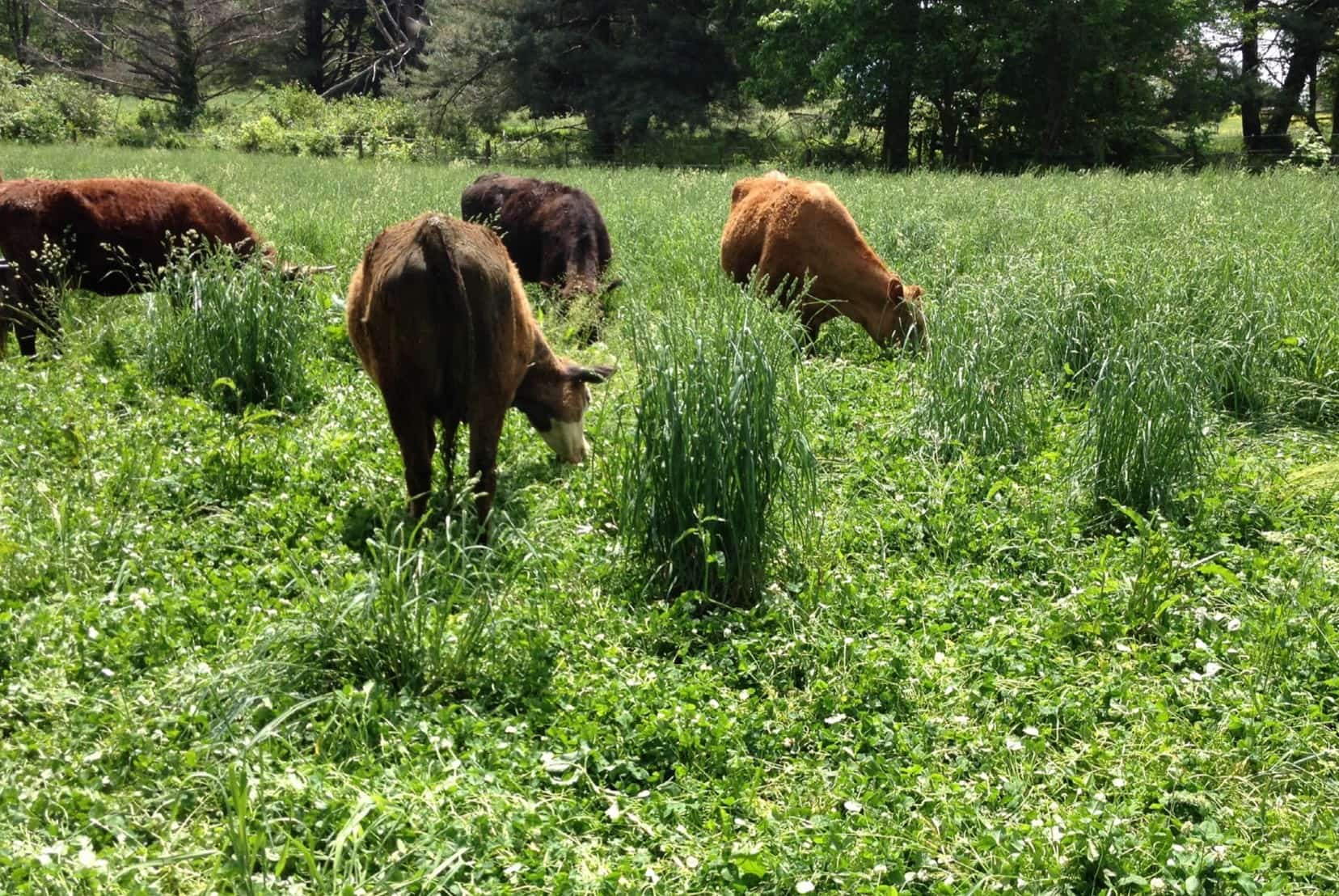

Landscaping Ideas
How To Plant Pasture Grass For Cattle
Modified: January 28, 2024
Learn how to plant pasture grass for cattle with our expert landscaping ideas. Create a thriving environment for your livestock with our step-by-step guide.
(Many of the links in this article redirect to a specific reviewed product. Your purchase of these products through affiliate links helps to generate commission for Storables.com, at no extra cost. Learn more)
Introduction
Read more: How To Plant Pasture Grass
Introduction
Are you looking to optimize your pasture for cattle grazing? Planting the right grass species is crucial for ensuring the health and productivity of your cattle. By selecting the most suitable grass, preparing the soil, and implementing effective seeding and maintenance techniques, you can create a thriving pasture that provides ample nutrition for your cattle. This comprehensive guide will walk you through the essential steps to successfully plant pasture grass for cattle, ensuring the optimal well-being of your livestock and the sustainability of your agricultural endeavors. Let's delve into the intricacies of pasture grass planting and discover how you can create a lush and nourishing environment for your cattle.
Key Takeaways:
- Choosing the right grass species and preparing the soil are crucial for creating a healthy pasture for cattle. It’s like picking the best ingredients and prepping the kitchen before cooking a delicious meal!
- Managing grazing, fertilization, and weed control is like taking care of a garden – you need to nurture the plants, keep away the weeds, and make sure everything grows healthy and strong for the animals to enjoy!
Selecting the Right Grass Species
When it comes to planting pasture grass for cattle, the first and most critical step is selecting the right grass species. The ideal grass species for your pasture will depend on various factors, including your geographical location, climate, soil type, and the specific nutritional needs of your cattle. Here are some popular grass species that are well-suited for cattle grazing:
- Bermuda Grass: Known for its resilience and ability to withstand heavy grazing, Bermuda grass is an excellent choice for cattle pastures in warm climates. It offers high nutritional value and can thrive in various soil types.
- Fescue Grass: Fescue grass is valued for its adaptability and ability to endure harsh conditions. It provides a reliable food source for cattle and can withstand heavy grazing pressure.
- Orchard Grass: With its rapid regrowth and exceptional palatability, orchard grass is a popular choice for cattle pastures. It offers a balanced nutritional profile and is well-received by grazing livestock.
- Tall Fescue: Tall fescue is known for its durability and resilience, making it a suitable option for cattle pastures in diverse environments. It provides consistent forage and can endure challenging grazing conditions.
Before selecting a grass species, consider consulting with local agricultural extension services or agronomists to determine which species are best suited for your specific region. Additionally, assess the grazing behavior and dietary requirements of your cattle to ensure that the chosen grass species align with their nutritional needs.
Furthermore, it’s essential to evaluate the grass species’ tolerance to grazing pressure, disease resistance, and regrowth capacity. By carefully considering these factors, you can make an informed decision regarding the most suitable grass species for your cattle pasture, ultimately contributing to the overall health and productivity of your livestock.
Soil Preparation
Effective soil preparation is fundamental to the success of establishing a thriving pasture for cattle. Before planting pasture grass, it’s crucial to assess the soil conditions and make necessary preparations to create an optimal environment for grass growth. Here are the essential steps for soil preparation:
- Soil Testing: Conduct a comprehensive soil test to evaluate the pH levels, nutrient content, and soil structure. This analysis will provide valuable insights into the soil’s fertility and help determine the appropriate amendments needed for optimal grass growth.
- Soil Aeration: If the soil is compacted, consider aerating it to improve water infiltration and root development. Aerating the soil promotes better nutrient absorption and enhances overall grass health.
- Amendment Application: Based on the soil test results, apply the necessary amendments, such as lime to adjust the pH levels and fertilizers to address nutrient deficiencies. Incorporating organic matter, such as compost, can also enhance soil fertility and structure.
- Weed Control: Prior to planting, address any existing weed infestations through targeted herbicide application or mechanical removal. Minimizing weed competition is essential for allowing the newly planted grass to establish and thrive.
- Seedbed Preparation: Prepare a smooth and firm seedbed by tilling the soil to create an optimal environment for seed germination and establishment. Ensure that the soil surface is free of large clods and debris to facilitate uniform seed coverage.
By diligently preparing the soil, you can create a conducive environment for the successful establishment of pasture grass. Adequate soil preparation sets the stage for robust grass growth, ultimately contributing to the overall productivity and nutritional quality of the grazing pasture for your cattle.
Seeding Techniques
Implementing the right seeding techniques is paramount to establishing a lush and resilient pasture for cattle grazing. Whether you’re establishing a new pasture or overseeding an existing one, the following seeding practices can enhance the success of your grass planting endeavor:
- Seed Selection: Choose high-quality grass seed that is well-suited for your specific region and intended grazing purposes. Opt for certified seeds with high germination rates and minimal weed content to ensure the best possible start for your pasture.
- Seeding Rate and Distribution: Determine the appropriate seeding rate based on the selected grass species and the desired pasture density. Ensure uniform seed distribution by using calibrated seeding equipment or following recommended broadcasting techniques.
- Seed-to-Soil Contact: Achieving good seed-to-soil contact is crucial for promoting germination and seedling establishment. After broadcasting the seeds, lightly pack the soil using a roller or cultipacker to enhance seed-soil contact and improve germination rates.
- Seeding Depth: Follow the recommended seeding depth for the chosen grass species. In general, most pasture grasses require shallow planting depths, typically ranging from ¼ to ½ inch, to optimize germination and early growth.
- Overseeding: When overseeding an existing pasture, mow the existing vegetation to a short height to reduce competition and create favorable conditions for the new seedlings to establish. Consider incorporating a no-till drill to facilitate precise seed placement and improve seed-soil contact.
By adhering to these seeding techniques, you can enhance the likelihood of successful grass establishment and promote the development of a resilient and productive pasture for cattle grazing. Additionally, closely monitoring soil moisture and providing adequate irrigation, if needed, can further support the germination and early growth stages of the newly planted pasture grass.
Choose the right grass species for your region and soil type. Prepare the soil by removing weeds and adding fertilizer. Plant the seeds at the recommended depth and density for optimal growth. Keep the pasture well-watered and monitor for any signs of pests or disease.
Read more: When Is The Best Time To Plant Pasture Grass
Fertilization and Weed Control
Proper fertilization and effective weed control are integral components of maintaining a healthy and productive pasture for cattle grazing. By implementing strategic fertilization practices and employing targeted weed management strategies, you can optimize the nutrient content of the soil and minimize weed competition, ultimately contributing to the overall vitality of the pasture grass. Here’s how you can approach fertilization and weed control:
- Soil Fertility Assessment: Conduct regular soil tests to assess nutrient levels and pH, guiding the formulation of a tailored fertilization plan. Understanding the specific nutrient requirements of the grass species and addressing any deficiencies is essential for promoting vigorous growth and maximizing forage quality.
- Strategic Fertilizer Application: Apply fertilizers at the recommended rates and timings based on soil test results and the nutritional needs of the pasture grass. Utilize nitrogen, phosphorus, potassium, and other essential nutrients to support robust plant growth and enhance the overall nutritional value of the forage.
- Weed Identification and Management: Regularly inspect the pasture for weed infestations and identify prevalent weed species. Implement targeted herbicide applications or manual removal techniques to mitigate weed competition and preserve the integrity of the grass stand.
- Integrated Weed Management: Embrace integrated weed management practices, incorporating cultural methods, such as proper grazing management and maintaining adequate sward density, to suppress weed proliferation. This holistic approach can help minimize reliance on herbicides and promote a balanced and resilient pasture ecosystem.
- Grazing Rotation: Implement strategic grazing rotation schedules to prevent overgrazing and promote even forage utilization. Proper grazing management contributes to weed control by minimizing bare ground and creating favorable conditions for desirable grass species to thrive.
By prioritizing fertilization to meet the nutritional demands of the pasture grass and employing proactive weed control measures, you can foster a robust and nutrient-rich grazing environment for your cattle. Consistent monitoring of soil fertility and weed populations, coupled with adaptive management practices, will help sustain a flourishing pasture that supports the health and productivity of your livestock.
Grazing Management
Effective grazing management is essential for optimizing the productivity and sustainability of a pasture for cattle. By implementing strategic grazing practices, you can promote healthy pasture growth, ensure optimal forage utilization, and support the well-being of your livestock. Here are key considerations for successful grazing management:
- Rotational Grazing: Implement a rotational grazing system to divide the pasture into smaller paddocks, allowing for controlled grazing periods followed by adequate rest periods. This approach promotes uniform forage utilization, minimizes overgrazing, and encourages grass regrowth.
- Stocking Density: Adjust stocking rates based on the carrying capacity of the pasture and the nutritional requirements of the cattle. Avoid overstocking to prevent excessive forage consumption and ensure the sustainability of the grazing area.
- Grazing Periods: Monitor grazing periods to prevent prolonged grazing in specific areas. Implement a rest period for each paddock to enable grass recovery and rejuvenation, contributing to sustained forage productivity.
- Supplemental Feeding: Evaluate the nutritional needs of the cattle and consider supplemental feeding during periods of limited forage availability or inadequate pasture growth. Balancing grazing with targeted supplementation can support optimal livestock nutrition.
- Monitoring Pasture Health: Regularly assess the condition of the pasture, observing grass height, density, and overall vigor. Adjust grazing management practices based on pasture health indicators to maintain an optimal forage supply for the cattle.
By prioritizing effective grazing management, you can foster a balanced and resilient pasture ecosystem that sustains the nutritional needs of your cattle while promoting the long-term health of the grazing area. Thoughtful planning, continuous monitoring, and adaptive management practices are key to achieving sustainable and productive grazing management outcomes for your livestock.
Conclusion
Planting pasture grass for cattle requires a thoughtful and systematic approach to create an environment that supports the health, nutrition, and productivity of the livestock. By carefully selecting the right grass species, preparing the soil, implementing effective seeding techniques, and prioritizing fertilization and weed control, you can establish a thriving pasture that offers abundant forage for your cattle. Additionally, strategic grazing management practices play a pivotal role in sustaining the long-term vitality of the pasture and supporting optimal forage utilization.
Through soil testing and assessment, you can gain valuable insights into the specific needs of the pasture, enabling you to make informed decisions regarding soil amendments, fertilization, and weed control strategies. Furthermore, by embracing rotational grazing and monitoring pasture health, you can foster a balanced and resilient grazing ecosystem that benefits both the cattle and the overall sustainability of your agricultural operations.
It’s important to recognize that successful pasture establishment and management is an ongoing endeavor that requires attentiveness, adaptability, and a commitment to sustainable practices. Regular soil testing, pasture assessment, and adaptive management are essential for maintaining a productive and healthy grazing environment for your cattle.
By integrating these principles and practices, you can cultivate a flourishing pasture that not only meets the nutritional needs of your cattle but also contributes to the overall well-being of your agricultural landscape. The successful planting and management of pasture grass for cattle are foundational to the vitality of your livestock and the sustainability of your farming endeavors.
Remember, the journey of establishing and maintaining a thriving pasture is a dynamic and rewarding process, and your dedication to optimizing the grazing environment will yield benefits for both your cattle and your agricultural enterprise in the long run.
Frequently Asked Questions about How To Plant Pasture Grass For Cattle
Was this page helpful?
At Storables.com, we guarantee accurate and reliable information. Our content, validated by Expert Board Contributors, is crafted following stringent Editorial Policies. We're committed to providing you with well-researched, expert-backed insights for all your informational needs.
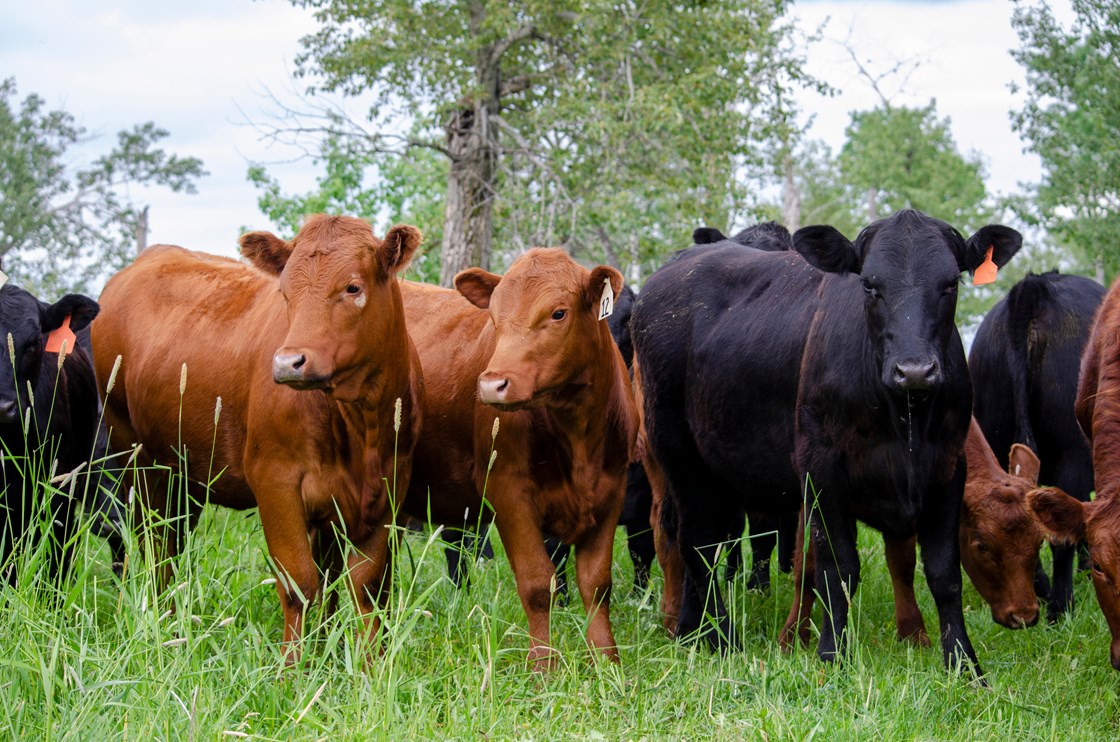
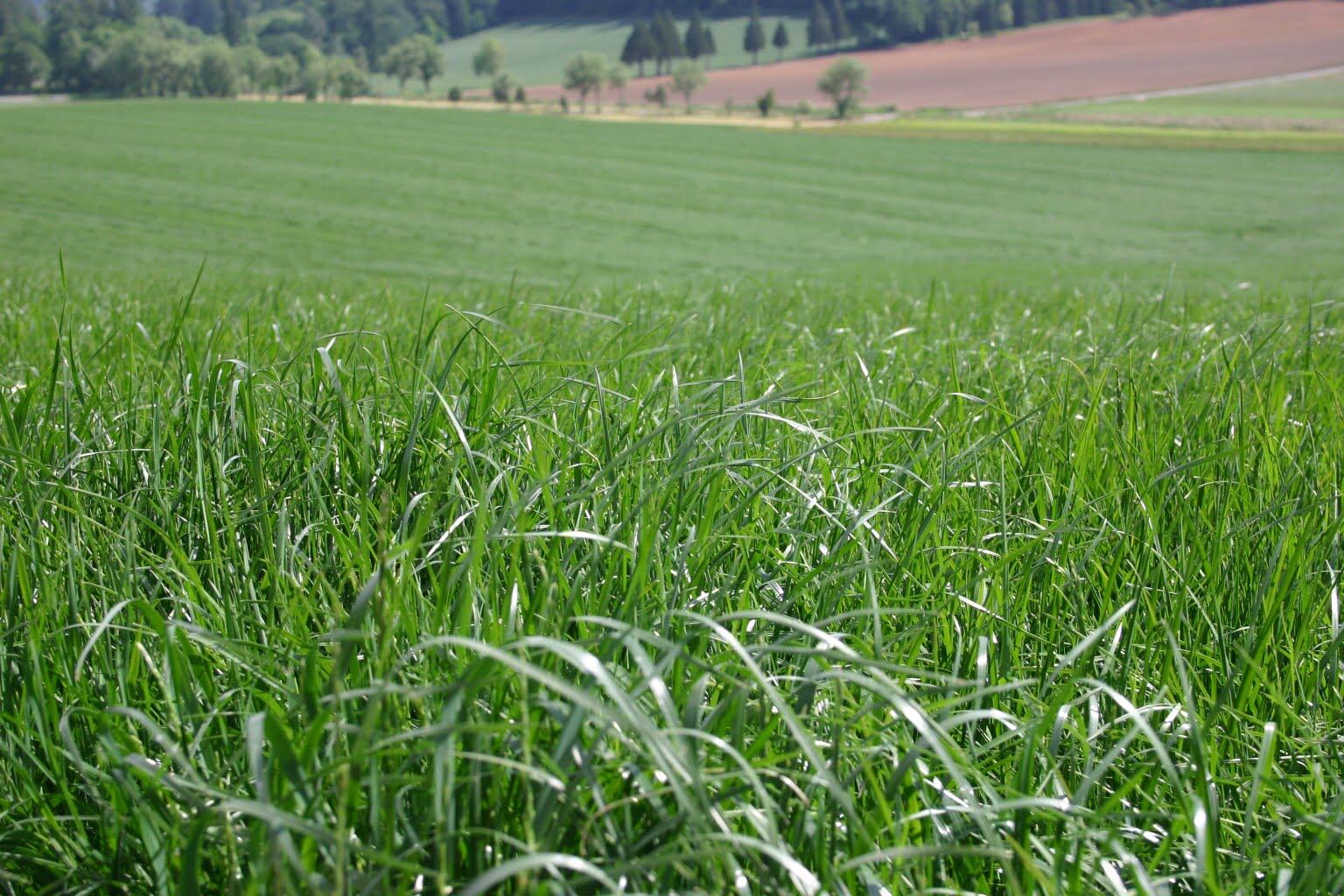
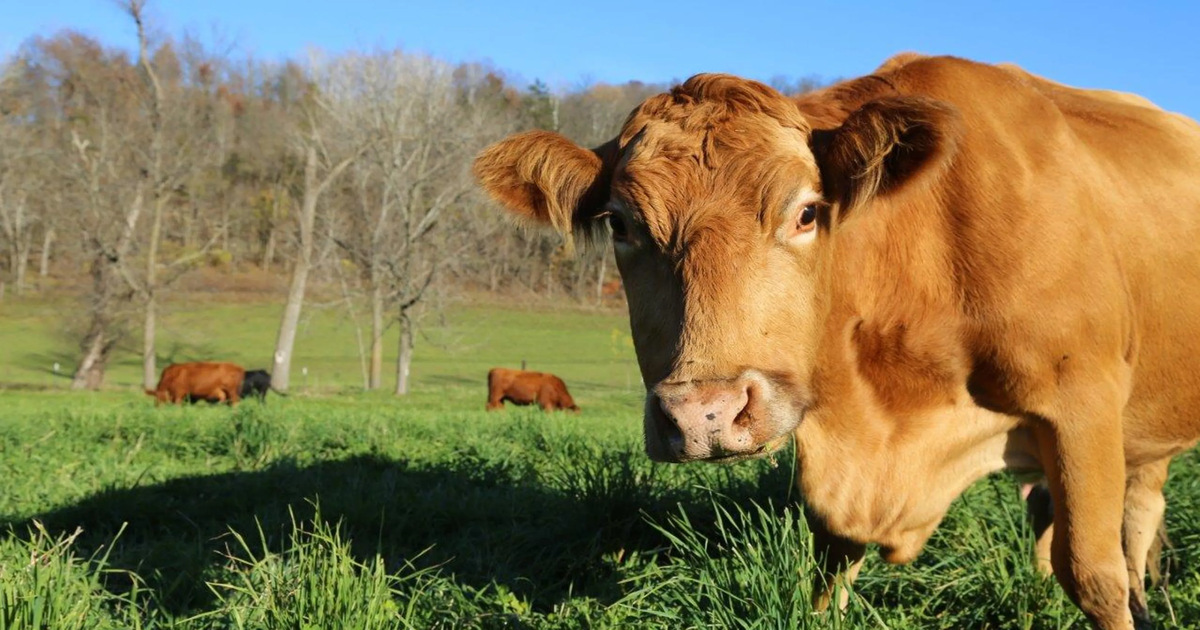
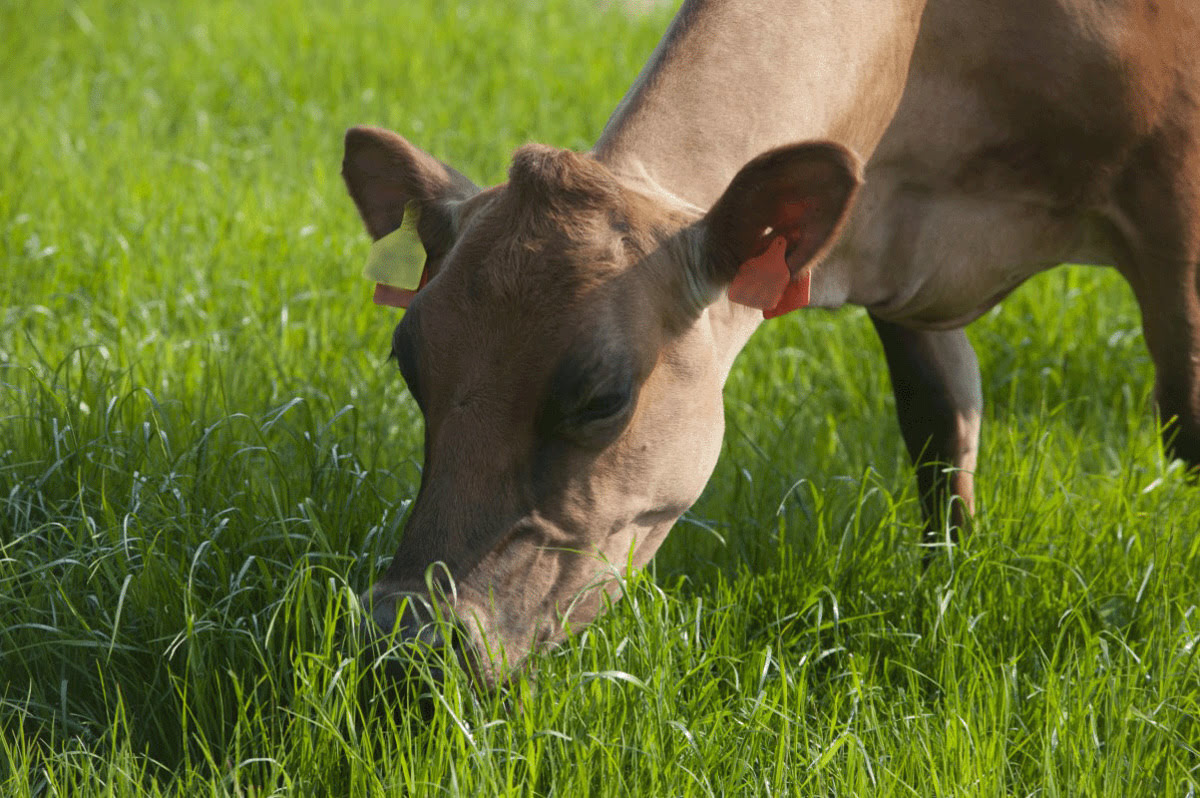
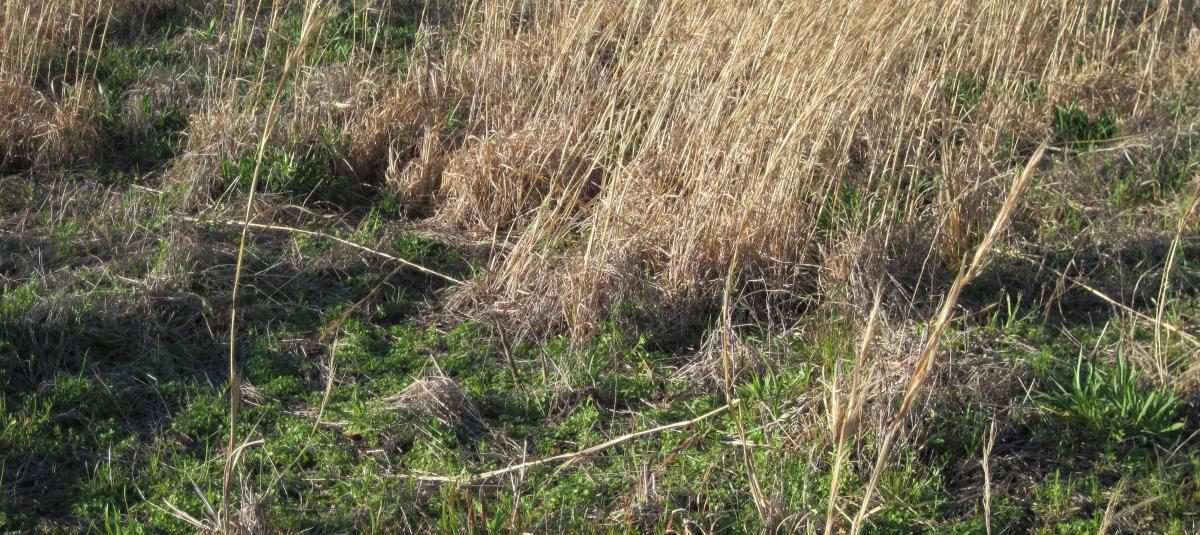
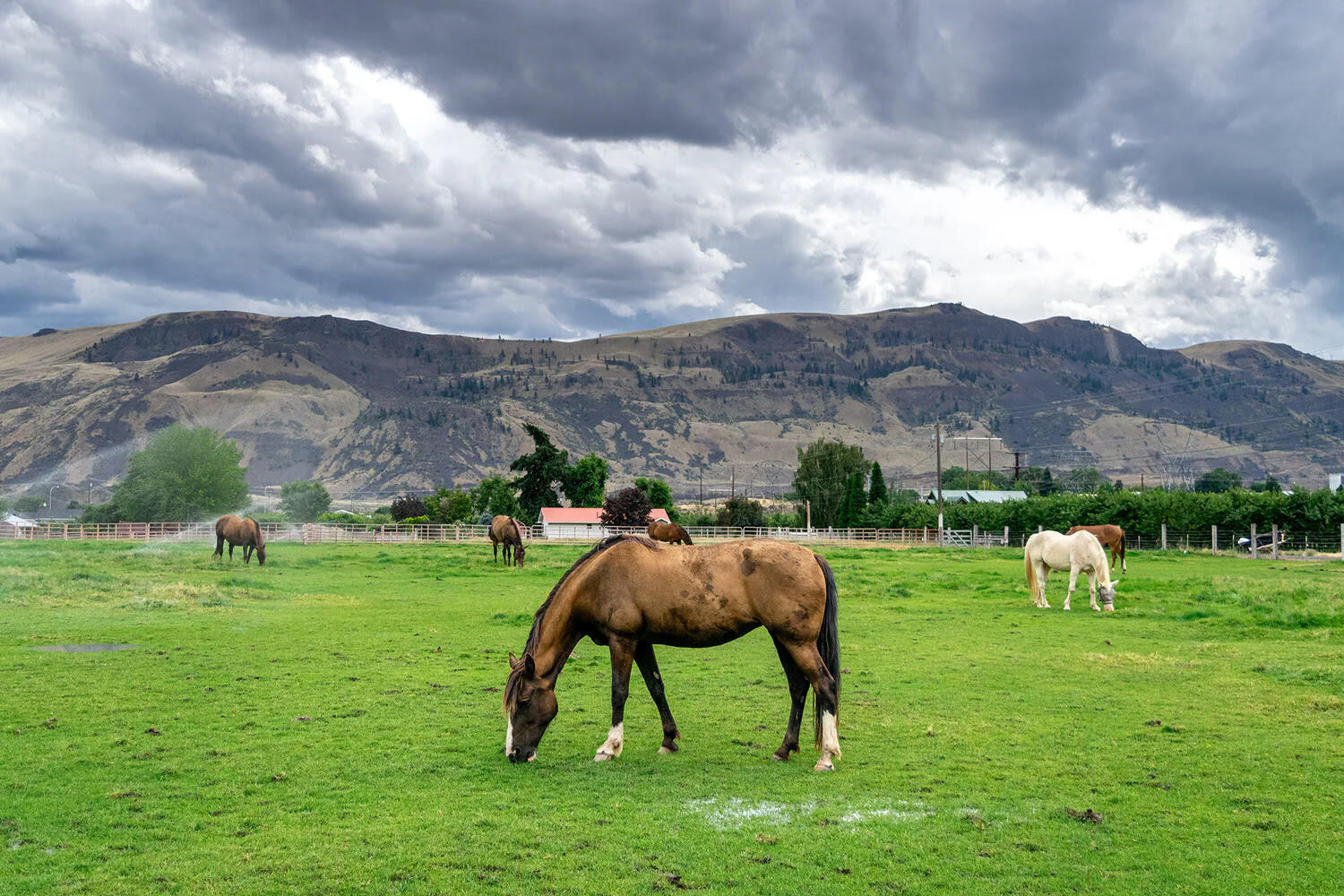
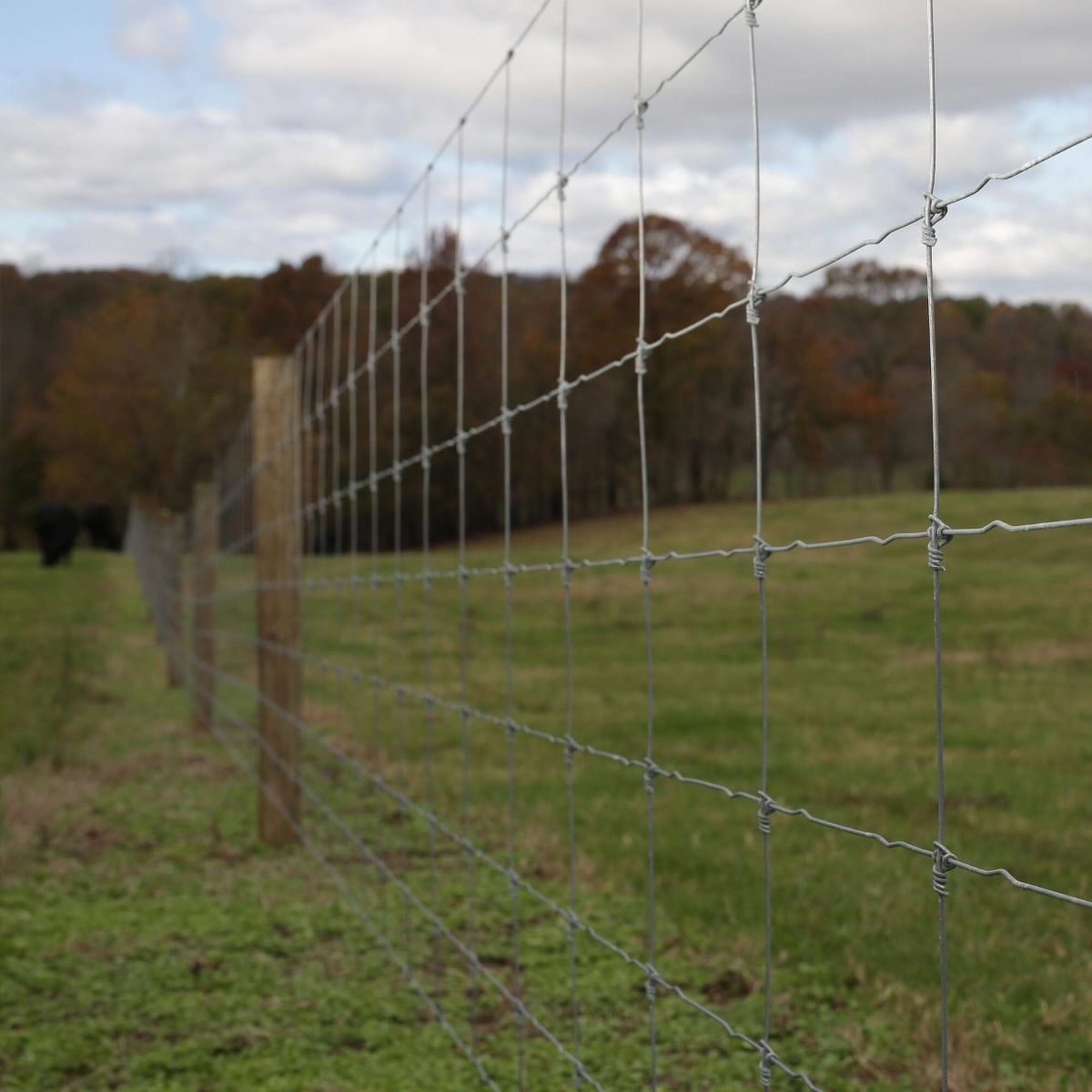
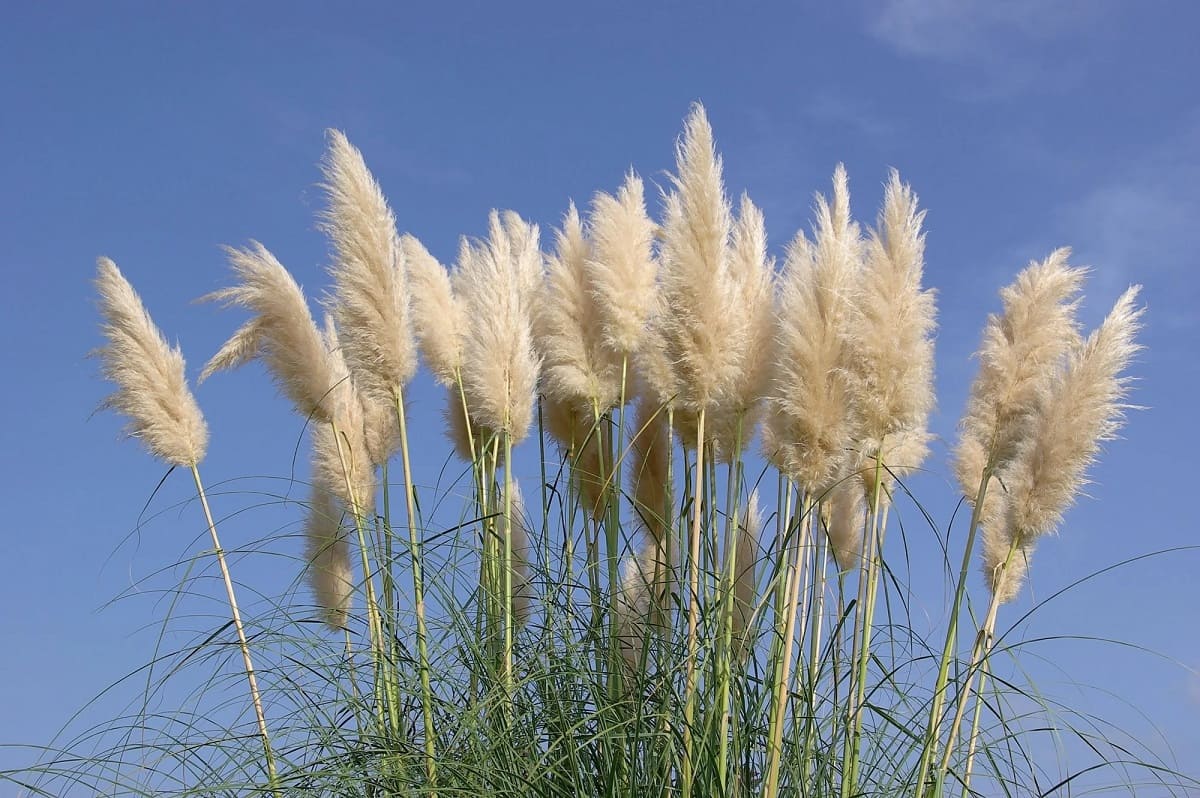
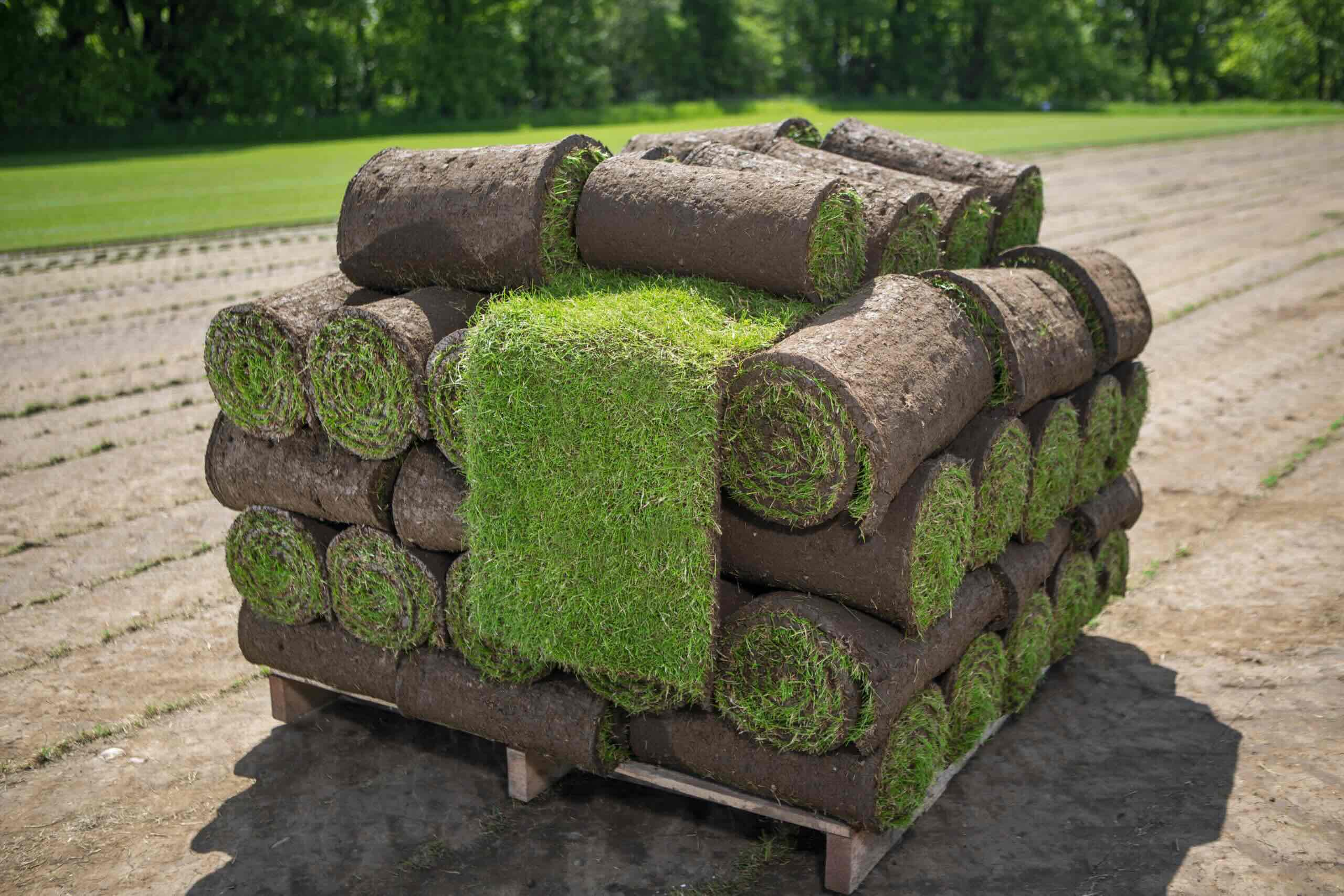

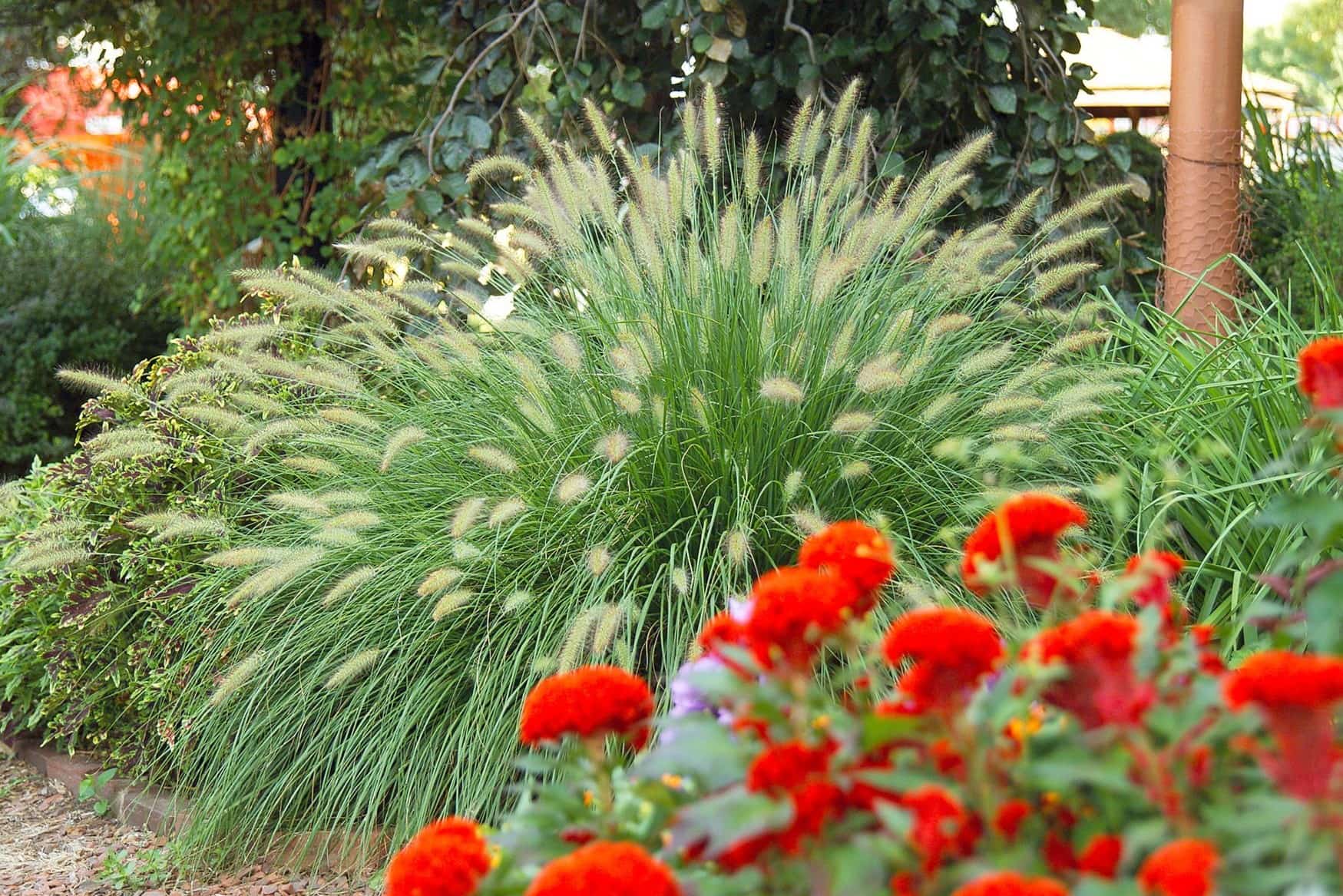


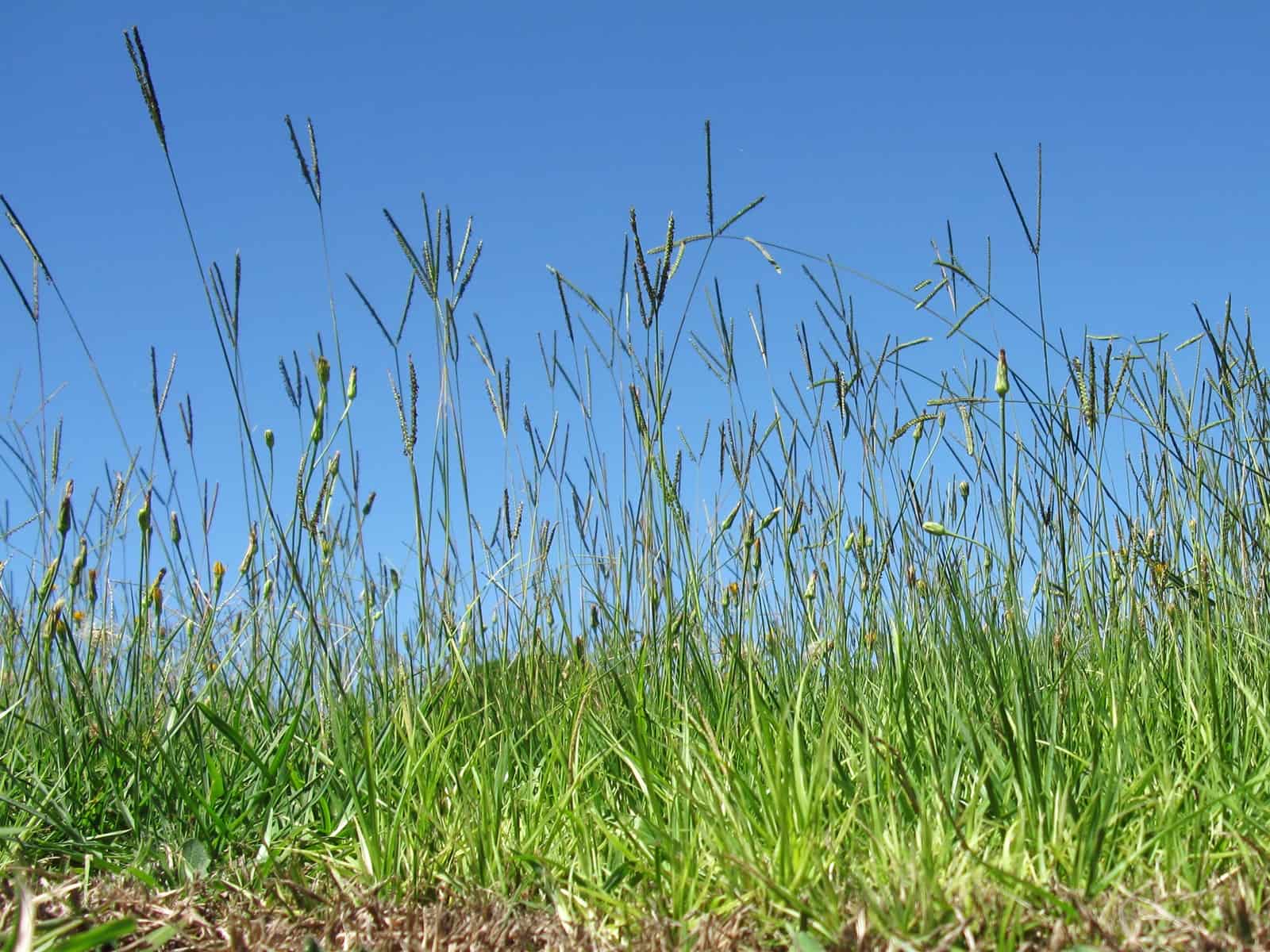

0 thoughts on “How To Plant Pasture Grass For Cattle”